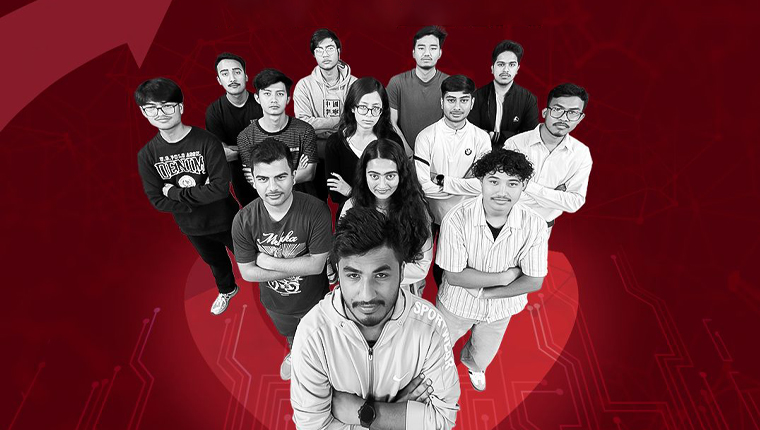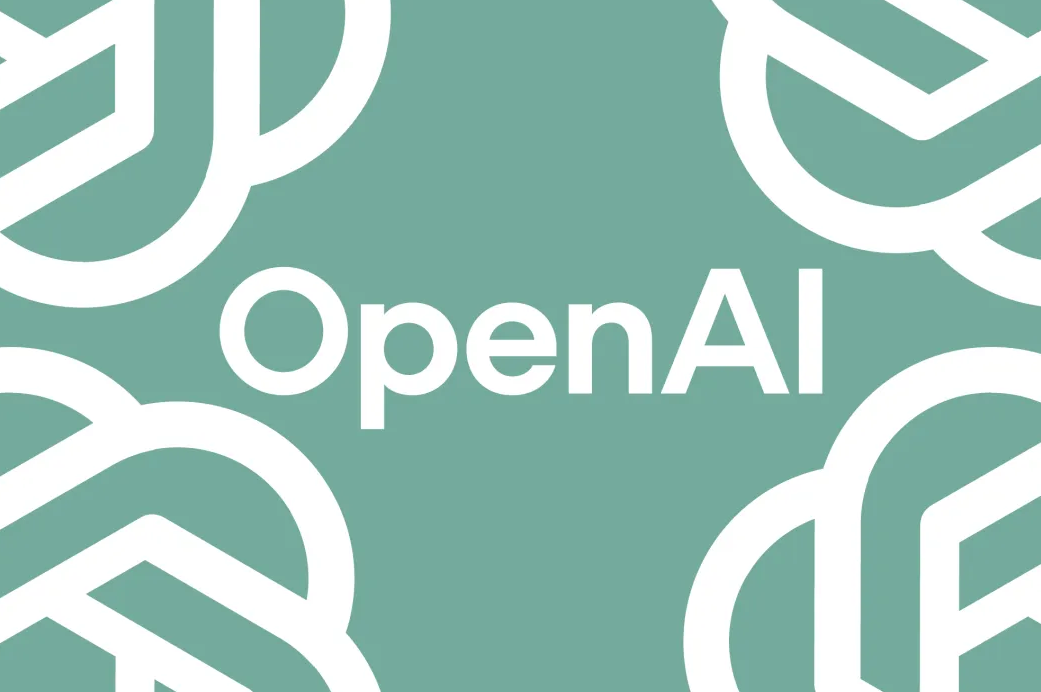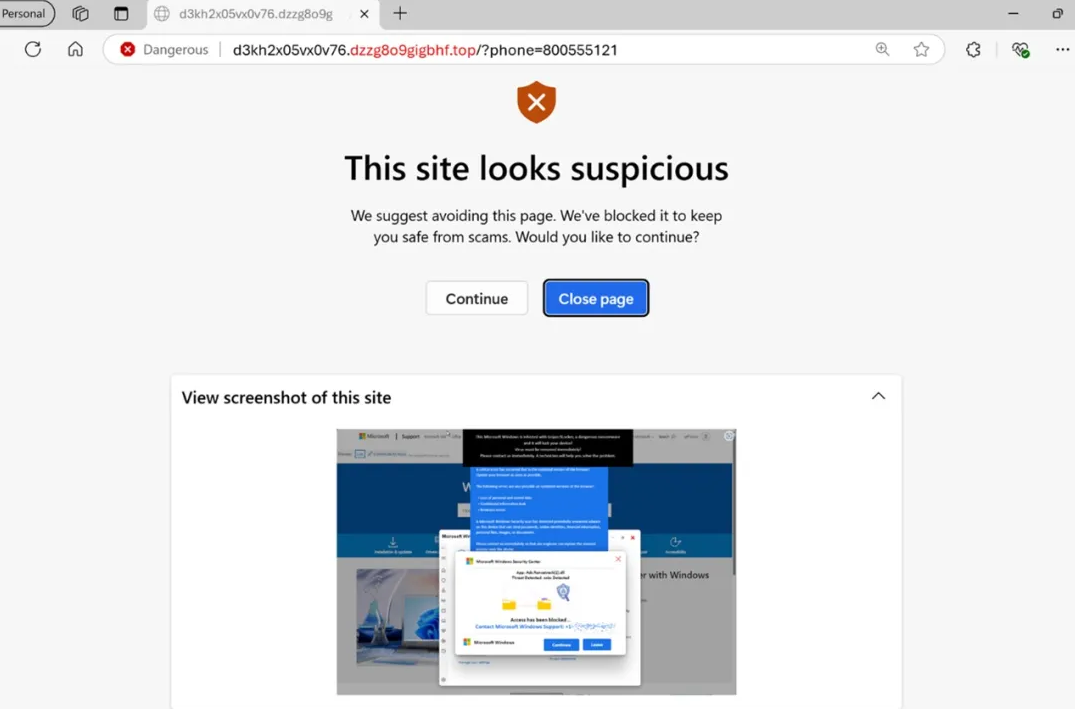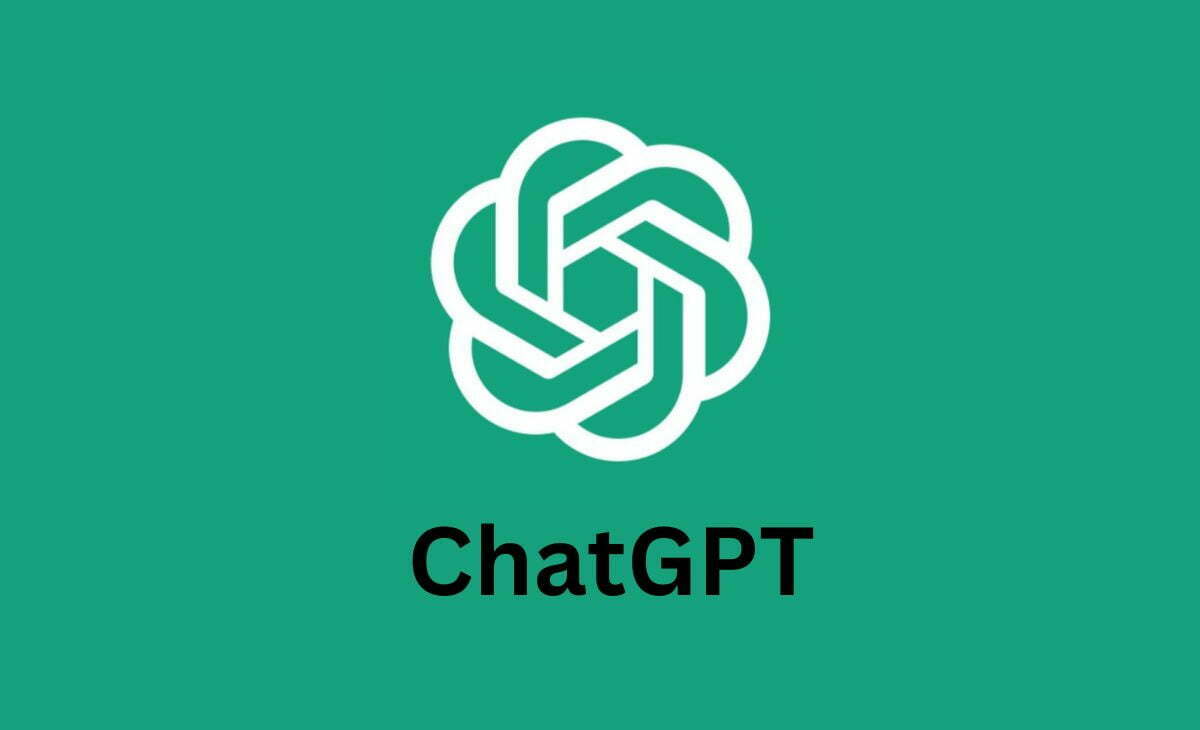
ChatGPT's agent may now conduct detailed research for you
OpenAI has introduced a groundbreaking new feature for ChatGPT called deep research, designed to function as an autonomous agent capable of planning and executing multi-step tasks to gather and analyze data. Unlike traditional text generation, deep research provides a detailed summary of its process in a sidebar, complete with citations and a step-by-step breakdown of how it arrived at its conclusions. This transparency aims to give users greater insight into the AI’s reasoning and sources.
Users can pose questions using text, images, or additional files such as PDFs and spreadsheets to provide context. The feature then takes anywhere from 5 to 30 minutes to generate a response, which is displayed in the chat window. OpenAI has also hinted at future enhancements, including the ability to embed images and charts directly into responses.
However, OpenAI acknowledges certain limitations with deep research. The tool may occasionally “hallucinate” or fabricate information, struggle to distinguish between authoritative sources and rumors, and face challenges in accurately assessing the certainty of its responses. These limitations highlight the ongoing complexities of developing fully autonomous AI agents.
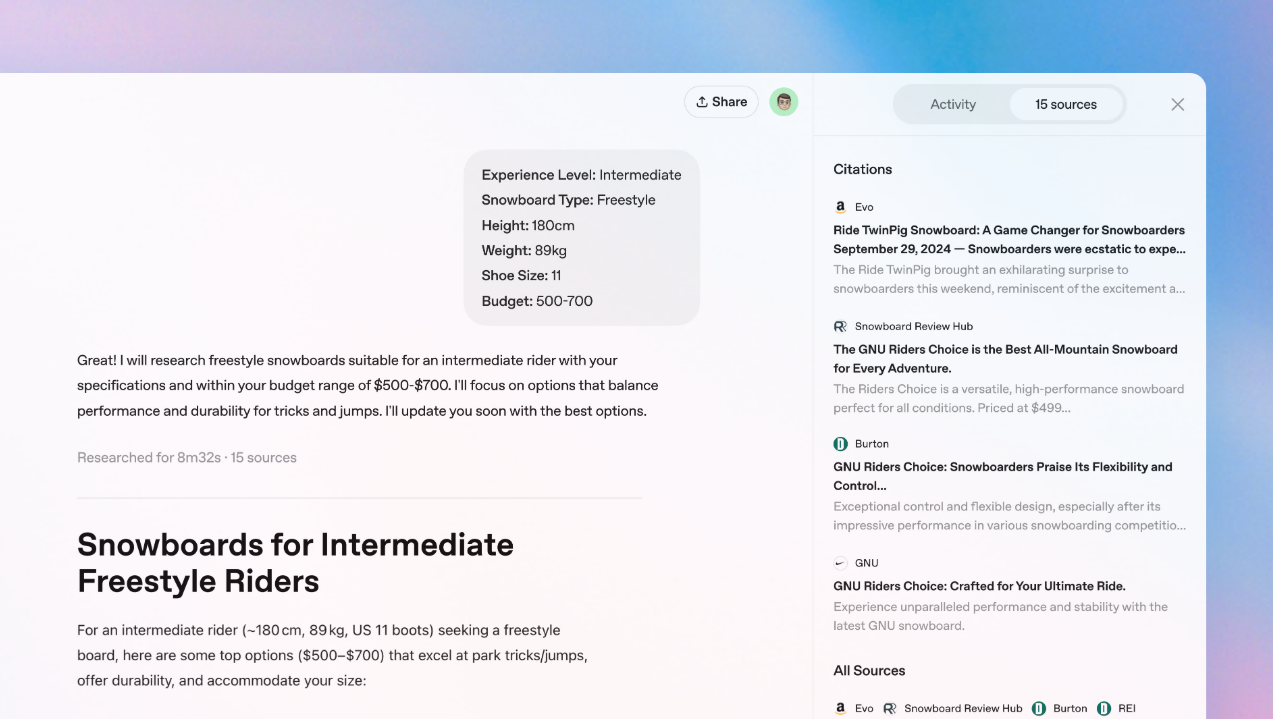
This new feature aligns with OpenAI’s broader vision of creating generative AI tools that are not only more useful but also worth paying for. The company claims that deep research operates at the level of a research analyst, capable of handling complex queries and delivering structured, actionable insights. A demo video showcases the tool in action, starting with a request for information on changes in the retail industry over the past three years. The response includes bullet points and tables, demonstrating its ability to organize and present data effectively.
Deep research follows closely on the heels of OpenAI’s recent launch of Operator, a tool that uses a web browser to complete tasks autonomously. It also bears similarities to Project Mariner, a research prototype Google unveiled in December, though Google’s tool is not yet publicly available. OpenAI, however, is rolling out deep research immediately, with a version optimized for Pro users available starting today.
By introducing deep research, OpenAI continues to push the boundaries of AI capabilities, offering users a powerful tool for in-depth analysis and decision-making while addressing the challenges of accuracy and reliability in autonomous systems.
